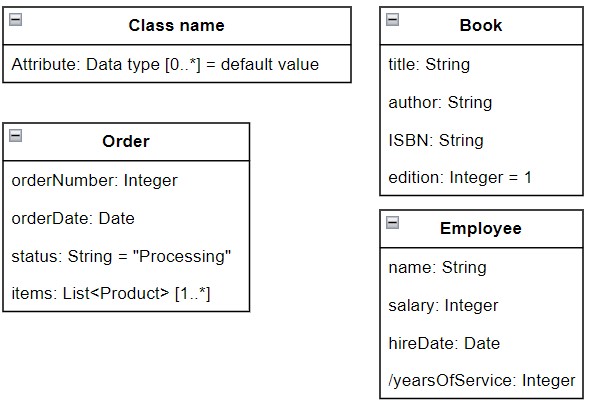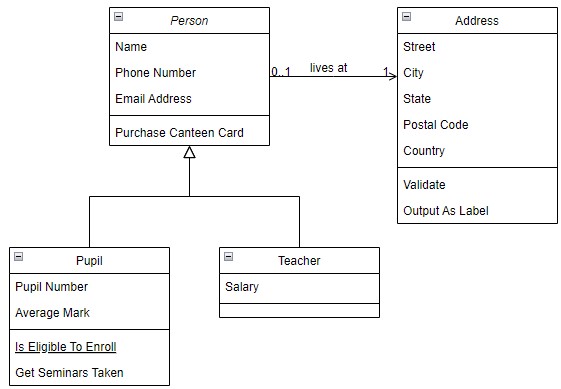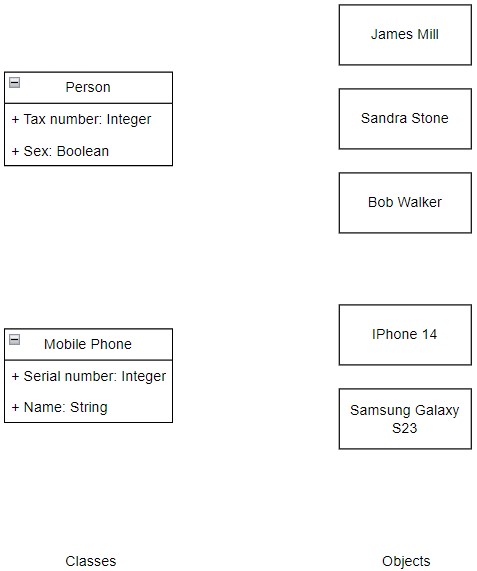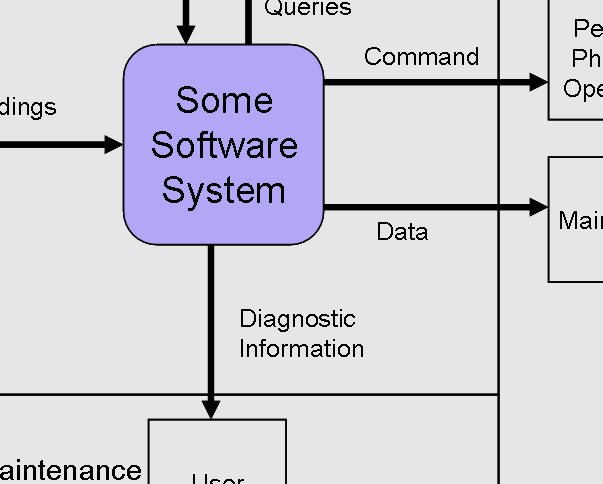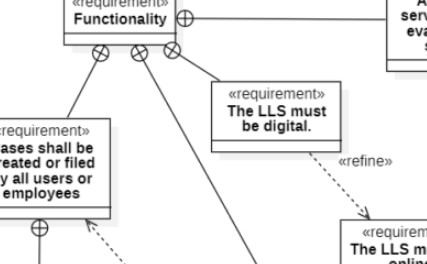Understanding UML Data Types: Simplifying Complex Concepts
When working with UML (Unified Modeling Language), it’s essential to understand UML data types. These play a crucial role in requirements modeling, especially when creating UML class diagrams. UML class diagrams distinguish between three kinds of data types: primitive data types, structured data types, and enumerations.
Understanding UML Data Types: Simplifying Complex Concepts Read More »



